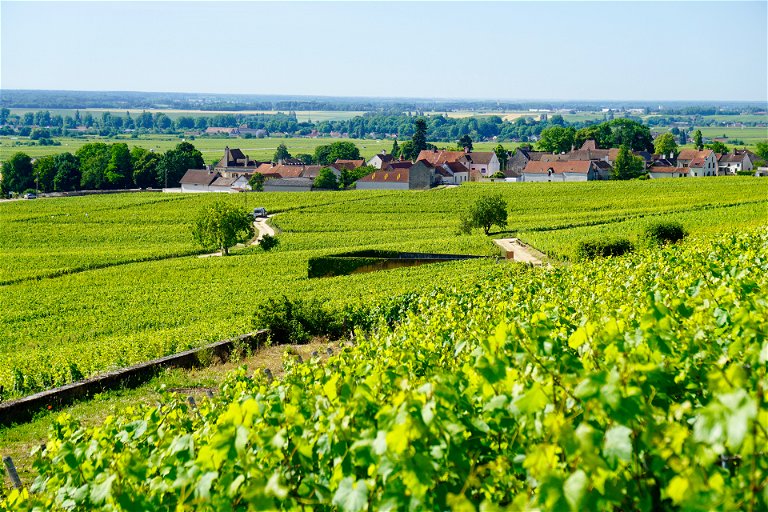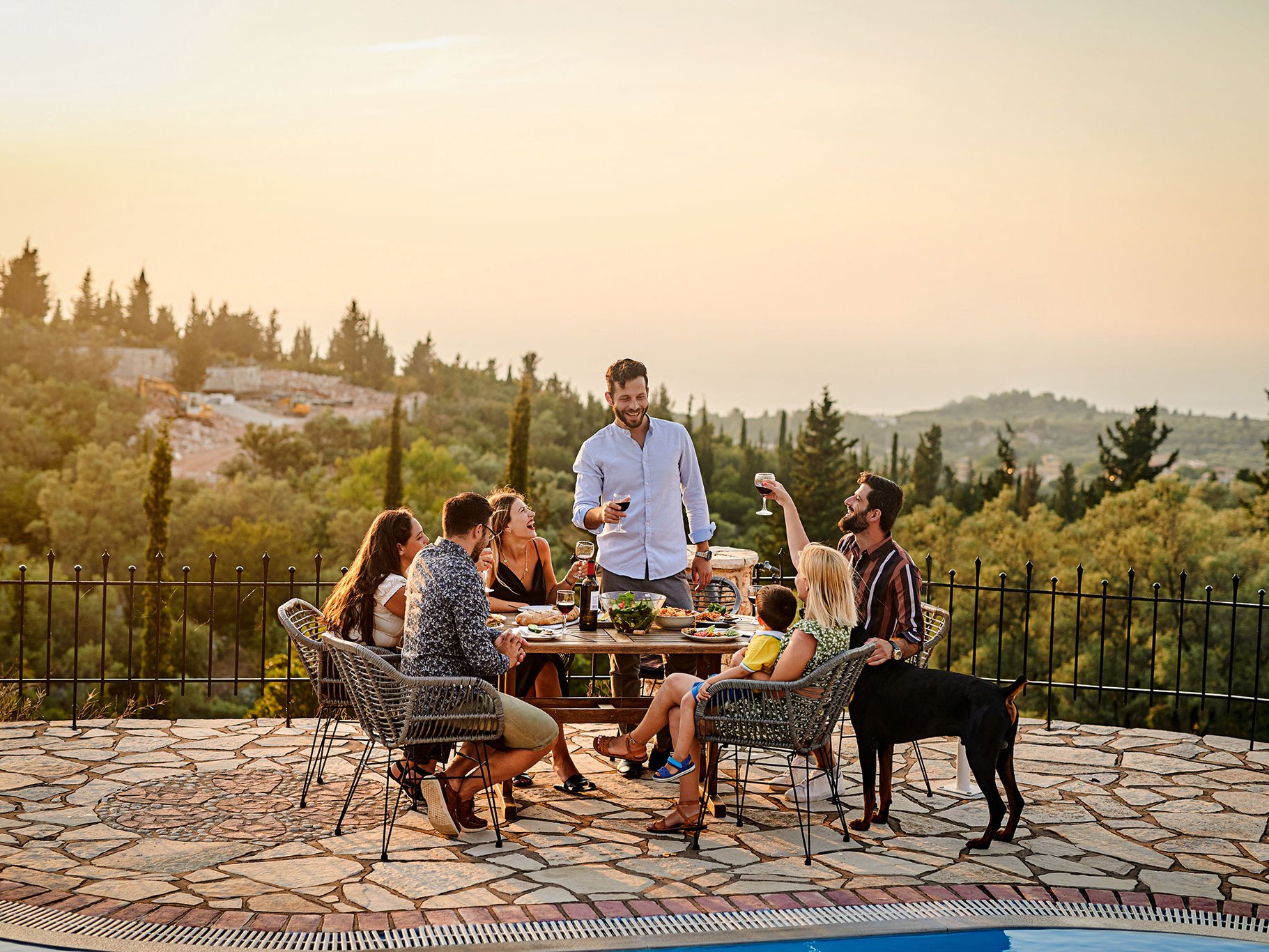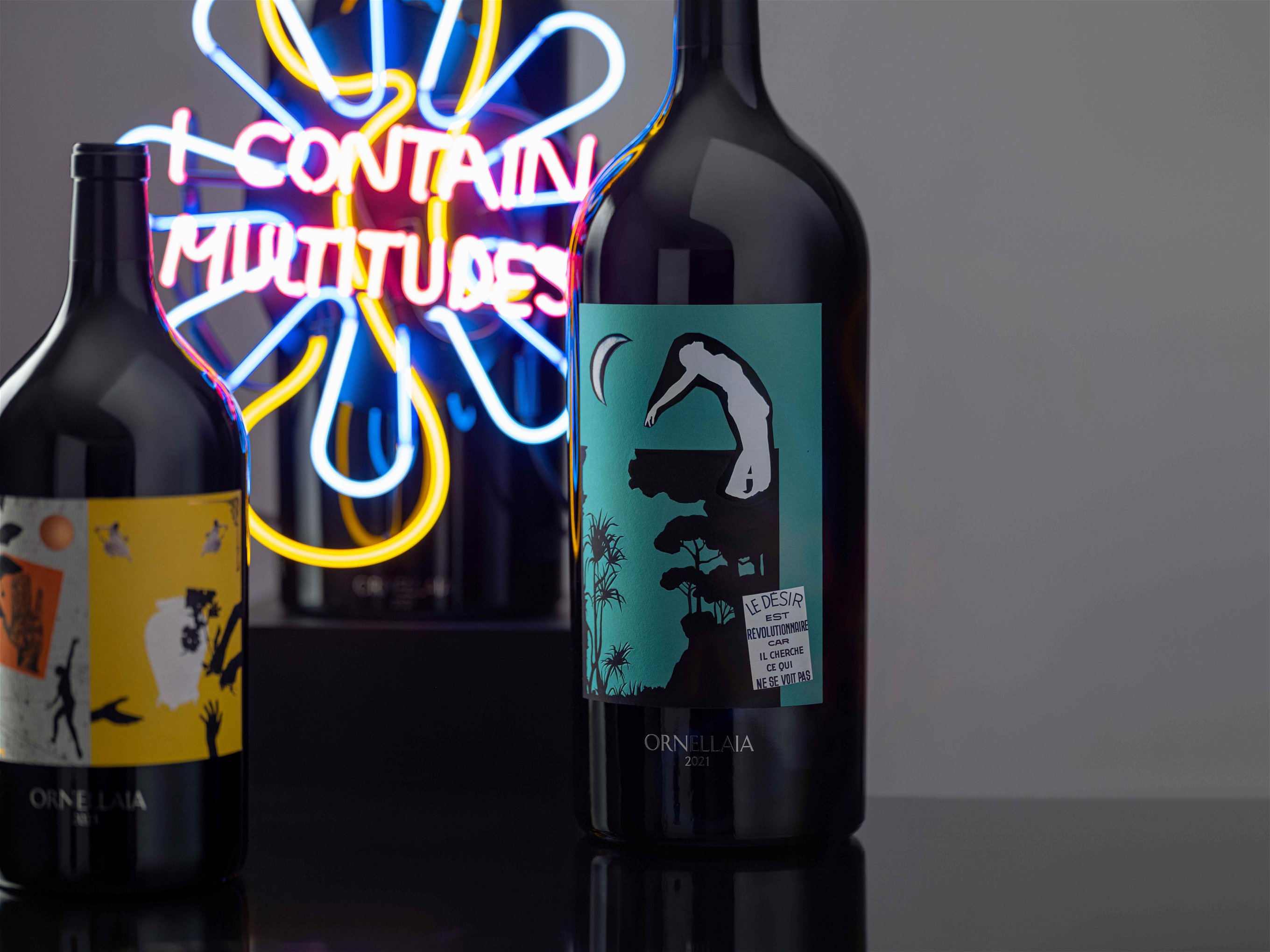A new generation of Bourgogne winemakers breaking the mould
In recent years, this centuries-old region has experienced a remarkable surge of energy. And thanks to an injection of new blood, the region has become notably more welcoming.
Bourgogne has long been celebrated for its exquisite wines, primarily crafted from Pinot Noir and Chardonnay grapes. This historic land is revered for its unparalleled winemaking heritage which can make it a challenging region to navigate. At times, it can also be misunderstood as a region that exclusively produces wines that are out of reach for many.
In reality, the coveted Grand Cru wines, occupying the pinnacle of the appellation system, account for a mere 1% of the total production. The true abundance of selection lies in the wines from the regional, village, or to some extent, premium cru categories, which offer a wider range of more accessible choices for wine enthusiasts. As vineyard ownership is passed down through generations, the influence of the grower is profound in Bourgogne. Therefore, when purchasing Bourgogne wines, the key lies in knowing the trends and familiarising oneself with the offerings of a few growers and then following those whose wines resonate with your palate.
Generational shift sparks style change
In recent years, this centuries-old region has experienced a remarkable surge of energy, a collective effort fuelled by both large players and small growers. A pivotal factor behind this transformation lies in the hands of the new generation. Domaine Lucien Muzard, a well-respected name in Santenay with a winemaking legacy since 1645, stands as a testament to this evolution. Capucine Muzard, the 10th generation, previously underwent nursing training but in 2016 made a "slight" shift in career, redirecting her focus from people to vineyards.
Driven by a quest for innovation, the winery fervently explores new methods, such as reduced bâtonnage, less new oak usage, and a penchant for slightly early harvesting, to produce more early-drinking wines, resulting in a refreshing style of wines. They are currently experimenting with large wooden vats of various sizes, including one ingeniously equipped with partial stainless steel inside, which has yielded some stunning wines from Santenay.
In Savigny-lès-Beaune, Domaine Pierre Guillemot has gracefully transitioned into the hands of the 4th generation represented by two brothers, Philippe and Vicent. In contrast to their father's era, where achieving higher sugar levels took precedence and heavy extraction was the norm, the new generation adopts a different approach. They now prioritise the maturity of grapes, taking time to craft elegant wines with a gentler extraction method. Bucking the early-drink trend, their philosophy centres on preserving fresh acidity and creating wines that reach their best between 5-10 years of age. The result is a collection of highly captivating Savigny-lès-Beaune wines, notably the Narbatons and Serpentieres 1er Crus.
In the village of Aloxe-Corton, inhabited by 130 residents and home to 7 producers, Domaine Chapuis flourishes. Under the leadership of 6th generation siblings, Pierre and Claire Chapuis, this 170-year-old estate owns 11 hectares of vineyards, stretching across renowned villages to Grand Cru appellations. Embracing a departure from conventional methods of bulk wine sales and machine harvesting, the new generation also prioritises gentle extraction, small basket harvests, and gravity-based winemaking. Their Grand Cru wines, particularly the impressive Corton Perrières and Corton Languettes, exude delightful characters while remaining reasonably priced.

Intriguingly, the above three Côte de Beaune wineries all experienced a generational shift in 2019.
Aligoté: the rising star
Amidst the spotlight on Chardonnay and Pinot Noir, Aligoté emerges as the true rising star. It is a white grape variety, a natural cross between Pinot Noir and Gouais Blanc, once widely found throughout Bourgogne, suffered greatly due to the phylloxera disease that devastated the region's vineyards in the late 19th century. Now, Aligoté is experiencing a remarkable resurgence, captivating wine enthusiasts with its floral, citrusy, flinty notes, and vibrant acidity. Its potential for crafting exceptional wines is gradually being rediscovered, making it a compelling addition to the diverse tapestry of wines from Bourgogne.
In the charming small village of Meloisey, Domaine Agnès Paquet shines brightly as a member of the Les Aligoteurs association, championing this long-underrated white grape. As a first-generation winemaker, Agnès embarked on her vinicultural journey in 2000 and now oversees 13 hectares of vineyards in the Côte de Beaune and Hautes Côtes de Beaune. Embracing the potential and diversity of Aligoté, she crafts a delightful medium-dry pet-nat with a playful moniker, "Aliboitboit," inspired by the story of "Ali Baba and the Forty Thieves."
Similarly, Pablo Chevrot of Domaine Chevrot stands as a founding member of the Les Aligoteurs. Tending to 19 hectares of family vineyards from Maranges to Santenay, situated at the southern tip of Côte de Beaune, Pablo creates the exquisite and complex Bourgogne Aligoté "Tilleul." Exhibiting a rounded texture and fennel herbal notes, this wine exemplifies the captivating allure of Aligoté.
Terroir specific Crémant de Bourgogne
Beyond still wines, Bourgogne's sparkling wine scene is equally fascinating. Leading the way is Louis Picamelot in Rully, the region's pioneering Crémant house dedicated to crafting terroir-specific wines. Established in 1926, currently under the helm of the 3rd generation, they initially sourced wine to make their Crémant, but in 2007, they acquired the first vineyard and now possess over 17 hectares, enabling precise parcel selection for their vintage Crémants. Their commitment to transparency is evident in the back label, providing various useful information such as the bottling and disgorgement dates—a commendable practice. Likewise, Louis Bouillot, affiliated with the esteemed Boisset Group, follows a similar path with their Grands Terroirs range.
Wine tourism: stronger than ever
Thanks to an injection of new blood, the region has become notably more welcoming. Wine tourism in Bourgogne is flourishing, with an increasing number of producers embracing visitors with open arms. The Bourgogne Wine Board (BIVB) leads the charge in making the region more accessible and tourist-friendly. In 2015, the UNESCO World Heritage List recognised the significance of the region's fragmented vineyard plots, known as "Climats," for their unique geological contributions to wine expression. To preserve this 2000-year-old cultural heritage, an ambitious project, "The Cité des Climats et vins de Bourgogne, encompassing three wine centres in Beaune, Chablis, and Mâcon, unveiled its doors in Spring 2023, providing a profound insight into the essence of Bourgogne's vineyards and winemaking heritage.
On top of that, many wineries now offer wine tours and tastings, catering to different preferences. Maison Champy and Domaine Faiveley, prominent négociants and producers, provide guided tours, while smaller players like Armand Heitz, Prosper Maufoux, and Domain Joseph Lafarge even offer accommodations alongside wine tastings. Some producers, such as Domaine Armelle et Bernard Rion, Domaine Chardigny, and Domaine Corsin, are managed by the younger generation, welcome visitors to taste their wines. For a seamless experience, booking appointments in advance and utilising resources like the Bourgogne wine website or the Clos – Burgundy Dictionary APP is highly recommended. For those seeking organised or tailor-made tours, Bourgogne Gold Tour and Safari Tours offer reliable options.













